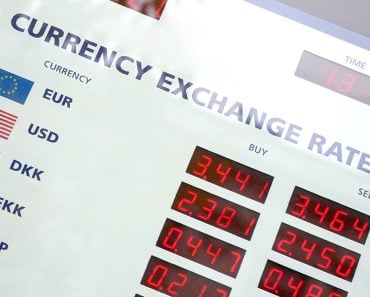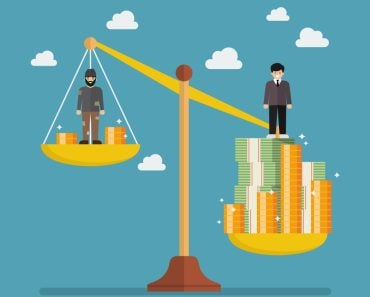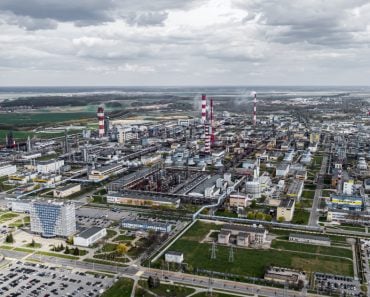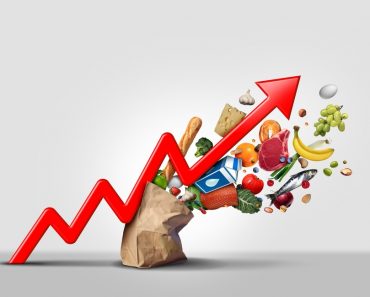The price of a commodity is also determined by government intervention. Corporations also try to influence their product demand via price discrimination and bundling.
There are many factors that determine the market price of any commodity. Quantity demanded is not the only causal factor of price. There can never be a price that accounts for every factor influencing any commodity’s price. The tastes and preferences of a consumer (brand choices) can dictate their purchasing behavior more, despite a low quantity sold at a high price.
Adam Smith, known as the father of Economics, was one of the earliest thinkers to distinguish between a commodity’s market price and its natural price.
In his words, the natural price of any commodity is the sum of the input costs borne by the producer. By input costs, he meant the cost of land (rent), cost of labor (wages), and cost of capital (interest and profits). These costs are not merely the result of the forces of demand and supply. He adds that it is also determined by the ‘general circumstances’ of the society. Ergo, the costs of labor, land and capital vary from place to place. There is no universal wage rate or interest rate. They vary due to factors ranging from regulations to input quality and other societal circumstances.
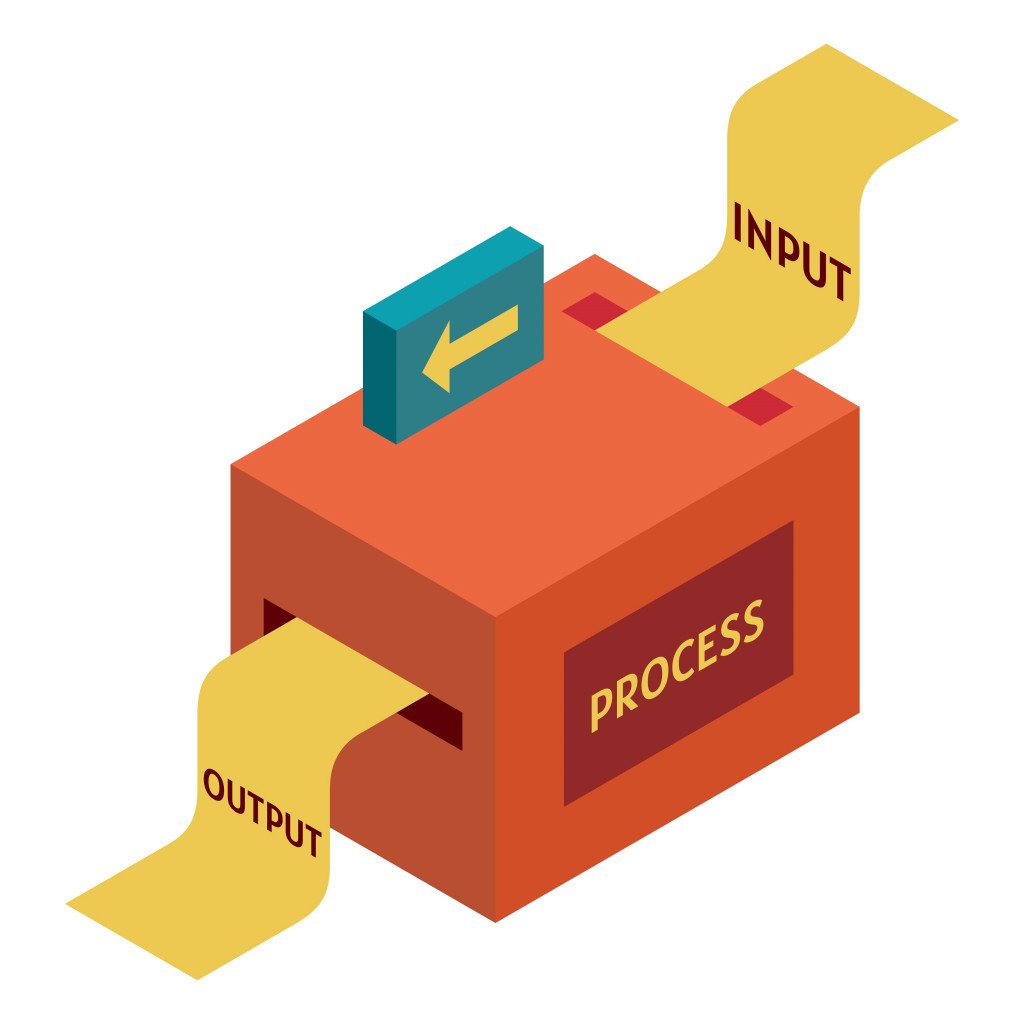
However, what remains true is that the natural price is the sum of the costs of inputs incurred by a producer or an entrepreneur. It is unaffected by demand and supply, and is the price that is ‘neither more nor less than what is sufficient’ to keep the inputs running. Suppose a commodity is sold at its natural price. In that case, the producer is just getting his bare minimum to keep the production ongoing.
Recommended Video for you:
What Is The Market Price Of A Commodity?
The market price of a commodity is the price paid by the consumer when they purchase it. The natural price can be above, below or equal to the market price.
The market price is above the natural price when the quantity demanded exceeds the quantity supplied and vice-versa. As mentioned above, the natural price is the minimum price a producer must receive for his product. Suppose market prices are persistently below the natural prices. In that case, the producer will run into losses and be forced to shut their business.
However, fluctuations in prices due to demand and supply cannot be the only way that the prices of a commodity are determined in the market. Think of famines. What would happen if these forces decided the prices of necessary commodities, like food grains, even in such a precarious situation? The masses would die of starvation due to inadequate food supplies.
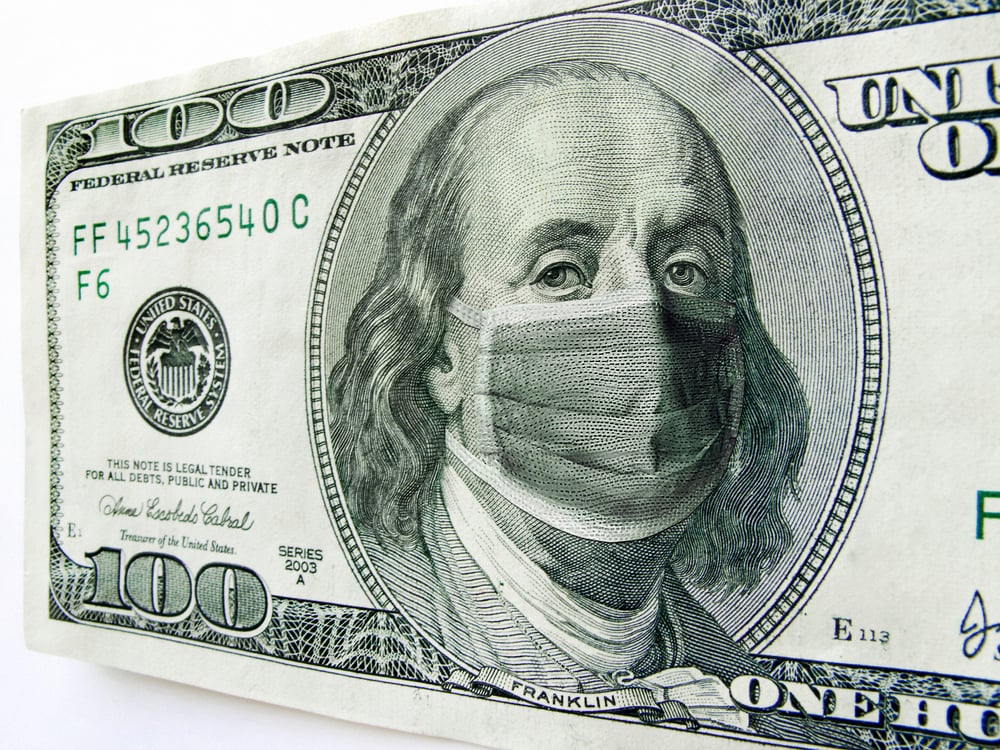
Similarly, even marketers influence the market price of their commodity through various tricks, apart from offering deep discounts.
Any producer’s goal is to keep a commodity’s market price, through various means, above its natural price, as this would mean additional profits being accumulated!
How Does The Government Influence The Prices Of Necessary Goods?
Necessary goods refer to those goods that are essential for man’s survival. Water is universally a necessary good, but it is contextual when it comes to other types of foodstuffs. In India, wheat, rice and cooking oil are considered necessary goods.
When the price of necessary goods reaches exorbitant levels, the government intervenes by capping its price. This is known as setting a ‘price ceiling’. It is a form of price control. Here, irrespective of the demand, the government intervenes as a large-scale buyer by purchasing vast quantities of these necessary goods at a predetermined price and then reselling them to the affected population at a discounted rate. Think of unprecedented situations like floods and famines, and the dangerous price gouging that could otherwise ensue.
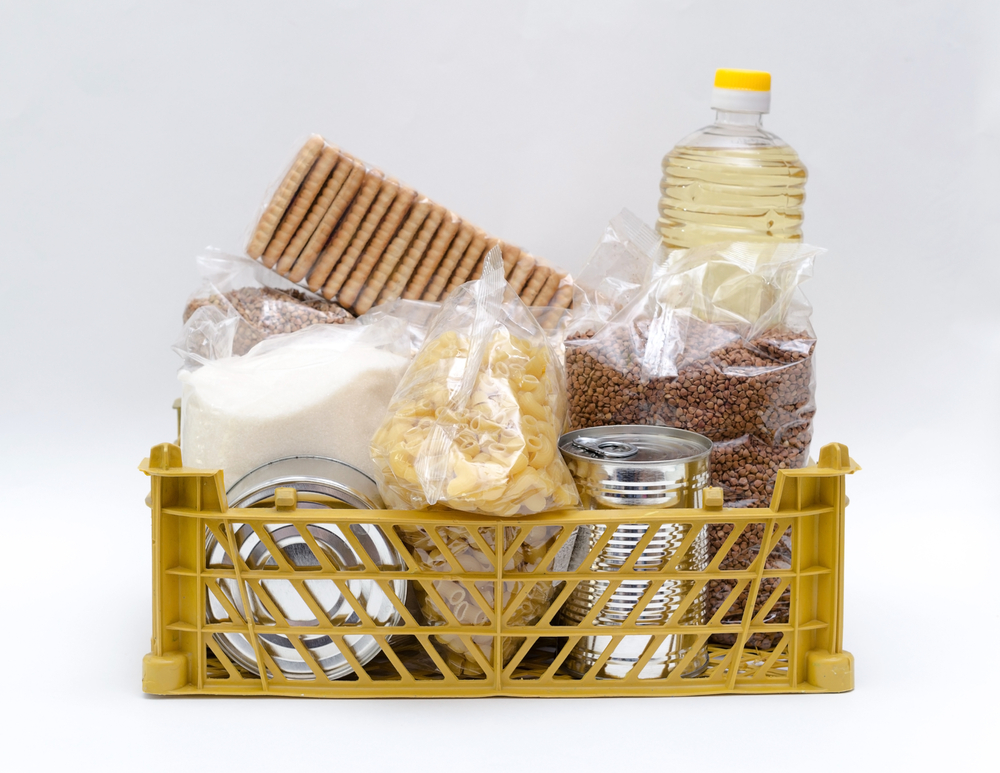
This strategy can also take the form of general price capping. For instance, in the US, many municipalities have imposed regulations on rent control. This dictates the maximum rent that landlords can charge and the rate at which it can rise.
Irrespective of the demand for such commodities, the government intervenes in the market either as a buyer or a regulator to maximize welfare among its citizens through redistribution.
How Do Producers Influence The Sales Of Their Products?
The standard tricks of offering deep discounts to customers for purchasing large quantities, pricing commodities based on competitors’ prices, and bundling different types of goods are common tactics that producers use to influence the demand for their products.
Another technique producers employ is charging different prices to different groups of customers. Economic literature defines this as the third degree of price discrimination. When going to a theme park, different prices are often charged for kids and adults. Here, different prices are charged for different categories of users.

Another example is the different subscription charges for software purchased by a student, a not-for-profit organization, or a multinational company.
The producer is trying to attract more users and maximize their profits by charging different prices, irrespective of demand.
Conclusion
As explained above, governments and commodity producers employ various techniques to intervene in the market. This intervention is dependent on their motive. The government’s motive is their citizens’ welfare. To maximize welfare, regarding goods that are necessary for survival and not accessible to the majority of the population, the government often intervenes in various ways to regulate its price.
The commodity producers’ motive is to maximize the market share for their commodity. Companies compute behavior trends to influence the sales of their products. The goal is not limited to lowering prices and grabbing market share.
References (click to expand)
- Smith A. (2021). The Wealth of Nations. Pharos Books
- Varian H. R.,& R H. (2010). Intermediate Microeconomics : A Modern Approach, 8/e. A. E. W. P
- HOWT CAN —. PRICE CONTROLS: HOW THE US HAS USED THEM AND .... The Roosevelt Institute
- D Andrews. “Adam Smith's natural prices, the gravitation metaphor, and .... The World Economics Association
- Public goods for economic development. The United Nations Industrial Development Organization

